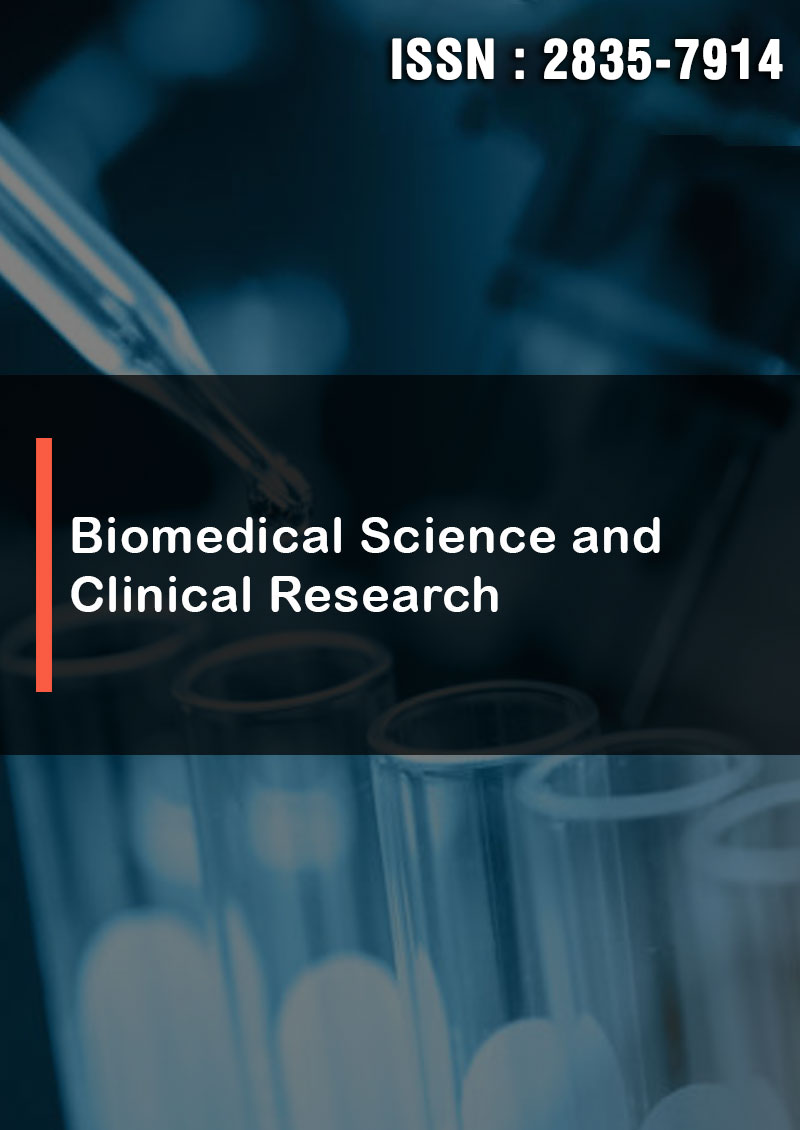C-Reactive Protein Levels in Adults With Sickle Cell Disease Visiting the University College Hospital, Ibadan, Nigeria
Abstract
Richard Peter Akpan, Victoria Oluwabunmi Akpan and Kevin Aghatise
Sickle cell anemia is one of the major problem in the society, especially the health-care sector. Millions of people in the world are affected and one of the highest incidence occurred in Nigeria. The situation has been further worsened by the insufficient/ inappropriate genetic counseling and diagnosing procedure for the condition. C-reactive protein is one of the greatest indicators that can prevent patients with sickle cell disease from going into cardiac arrest if its level is determined early. This study aimed at improving knowledge on the significance of C-reactive protein as one of the indicators for a possible cardiac attack on sickle cell patients. 131 persons above 18 years of age were recruited, 95 of which were sickle- celled patients and 36 without sickle-cell used as control. Questionnaires were used to collect demographic information of the participants, while their blood samples were collected into Lithium Heparin bottle (3ml), spunned, and plasma was separated, aliquoted in 2 vials and stored at -80oC. Roche (COBAS 311) was used to analyse for C-reactive protein and data summarized in tables. Mean age was 35.4years ±SD=7.54years which ranges from 19 to 56years for sickle cell subjects, and 36.8years ±SD=9.11years which ranges from 19 to 58years for control. The male to female ratio was approximately 2:1 in control and 2.4:1 in sickle cell subjects. 2(2.1%) sickle cell patients had abnormal C-reactive protein, there is no significant difference in mean C-Reactive protein between Sickle cell patients and non-Sickle cell patients (p=.551) and there is no significant relationship between C-Reactive protein in HBSS and haematological parameters like white blood cell (p=0.622) and platelets (p=0.622). No significant disparity was determined between the sickle cell and non-sickle cell individuals. Hence, further studies are needed to confirm the factor behind the abnormal C-reative protein in the two groups.



